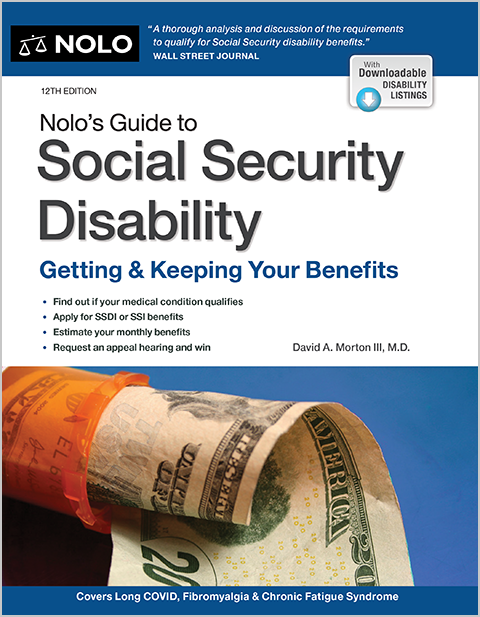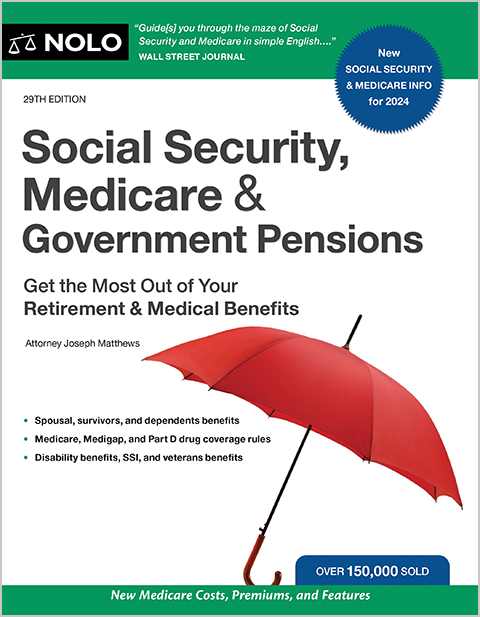Here are the FPLs for each state, plus the multiples of the federal poverty level that many federal and state benefit programs use.
Many federal and state government benefits are tied to the federal poverty level (FPL), or percentages of the FPL. The FPLs, which are also called the federal poverty guidelines, are updated every year.
Following are the FPLs in effect for 2025, split out by family size. Annual income is shown in the first column; the rest of the columns show monthly income.
2025 Federal Poverty Level for the Continental United States
| Size | Annual | 100% | 133% | 135% | 150% | 200% | 250% | 400% |
| 1 | 15,650 | 1,304 | 1,734 | 1,760 | 1,956 | 2,608 | 3,260 | 5,216 |
| 2 | 21,150 | 1,763 | 2,345 | 2,380 | 2,645 | 3,526 | 4,408 | 7,052 |
| 3 | 26,650 | 2,221 | 2,954 | 2,998 | 3,332 | 4,442 | 5,553 | 8,884 |
| 4 | 32,150 | 2,679 | 3,563 | 3,617 | 4,019 | 5,358 | 6,698 | 10,716 |
| 5 | 37,650 | 3,138 | 4,174 | 4,236 | 4,707 | 6,276 | 7,845 | 12,552 |
| 6 | 43,150 | 3,596 | 4,783 | 4,855 | 5,394 | 7,192 | 8,990 | 14,384 |
| Each Additional Person | 5,550 | 463 | 616 | 625 | 695 | 926 | 1,158 | 1,852 |
Following are the most common programs that base eligibility on federal poverty level or a percentage of federal poverty level. Note that, like the SSI program, most of these programs disregard $20 of your monthly income, so the income limit for each program is actually $20 higher than the FPL.
100% FPL
If your income is under 100% of the FPL, your state must pay for Medicare on your behalf, through the Qualifying Medicare Beneficiary (QMB) program. This is a Medicare Savings Program that you may be eligible for if you qualify for Medicare because you are 65 or older or are disabled.
Also, many states use 100% FPL as the income limit for qualifying for Medicaid for adults.
133% FPL
133% FPL is the income limit used to expand Medicaid to adults in states that opted in to Medicaid expansion under the Affordable Care Act (ACA, or "Obamacare") Medicaid expansion allows 5% of income to be ignored, however, so really those under 138% of the poverty level may qualify for Medicaid in expansion states.
Also, in some states, children and pregnant women under 133% FPL qualify for Medicaid, and in other states, parents or even childless adults can qualify for Medicaid with income under this level.
135% FPL
If your income is under 135% FPL, there are other Medicare Savings Programs you can qualify for. One of these programs is the Qualifying Individual (QI) program, which pays your monthly Part B premium. The income limit for another Medicare Savings Program, Specified Low-Income Medicare Beneficiary (SLMB), is 120%, but the program provides the same benefit—payment of the monthly Part B premium.
135% FPL is also the income limit to qualify for Medicare Part D's Extra Help full subsidy, which pays premiums and deductibles under the Medicare Part D Prescription Drug Plan and provides reduced per prescription copayments.
150% FPL
150% FPL is the limit for Medicare Part D's Extra Help partial subsidy, which provides reduced premiums and deductibles and reduced per prescription copayments.
150% FPL (for two people) is also the limit used for the "minimum monthly maintenance needs allowance" for individuals whose spouse is in a Medicaid-paid nursing home. This amount, however, is not increased to 150% of the current year's FPL until July 1 of that year.
200% FPL
The income limit for the Qualified Disabled and Working Individuals (QDWI) program is 200% FPL. Individuals who no longer qualify for Medicare because they are working can continue to receive Medicare through this program. Because, like the SSI program, the QDWI program doesn't count half of the income that you earn from work, you can actually earn quite a bit more than 200% of the FPL.
250% FPL
The income limit for eligibility for out-of-pocket savings for the Silver health care plan that is available through the Health Care Marketplace (Obamacare) is 250% FPL.
400% FPL
The income limit for getting a lower cost premium for a health care plan through the Health Care Marketplace is 400% FPL.
2025 Federal Poverty Levels for Hawaii and Alaska
The FPLs for Hawaii and Alaska are higher due to the high cost of living in those states.
Alaska
| Size | Annual | 100% | 133% | 135% | 150% | 200% | 250% | 400% |
| 1 | 19,550 | 1,629 | 2,167 | 2,199 | 2,444 | 3,258 | 4,073 | 6,516 |
| 2 | 26,430 | 2,203 | 2,930 | 2,974 | 3,305 | 4,406 | 5,508 | 8,812 |
| 3 | 33,310 | 2,776 | 3,692 | 3,748 | 4,164 | 5,552 | 6,940 | 11,104 |
| 4 | 40,190 | 3,349 | 4,454 | 4,521 | 5,024 | 6,698 | 8,373 | 13,396 |
| 5 | 47,070 | 3,923 | 5,218 | 5,296 | 5,885 | 7,846 | 9,808 | 15,692 |
| 6 | 53,950 | 4,496 | 5,980 | 6,070 | 6,744 | 8,992 | 11,240 | 17,984 |
| Each Additional Person | 6,880 | 573 | 762 | 774 | 860 | 1,146 | 1,433 | 2,292 |
Hawaii
| Size | Annual | 100% | 133% | 135% | 150% | 200% | 250% | 400% |
| 1 | 17,990 | 1,499 | 1,994 | 2,024 | 2,249 | 2,998 | 3,748 | 5,996 |
| 2 | 24,320 | 2,027 | 2,696 | 2,736 | 3,041 | 4,054 | 5,068 | 8,108 |
| 3 | 30,650 | 2,554 | 3,397 | 3,448 | 3,831 | 5,108 | 6,385 | 10,216 |
| 4 | 36,980 | 3,082 | 4,099 | 4,161 | 4,623 | 6,164 | 7,705 | 12,328 |
| 5 | 43,310 | 3,609 | 4,800 | 4,872 | 5,414 | 7,218 | 9,023 | 14,436 |
| 6 | 49,640 | 4,137 | 5,502 | 5,585 | 6,206 | 8,274 | 10,343 | 16,548 |
| Each Additional Person | 6,330 | 528 | 702 | 713 | 792 | 1,056 | 1,320 | 2,112 |
SSI and Medicaid Long-Term Care Eligibility
Note that SSI, which is based on the federal benefit rate, is no longer tied to the poverty level; instead, the maximum SSI payment receives a cost-of-living adjustment each year. For comparison purposes, the federal benefit rate for SSI is about 75% of the FPL for one person. In 2025, the federal benefit rate (and SSI payment) is $967 per month.
Many states base income eligibility for Medicaid-paid long-term care (like a nursing home or home health care) on a multiple of the SSI payment, typically 300%. In 2025, 300% of the SSI limit is $2,901 per month. For more information on eligibility for Medicaid-paid nursing homes, see our section on Medicaid for Nursing Homes.


